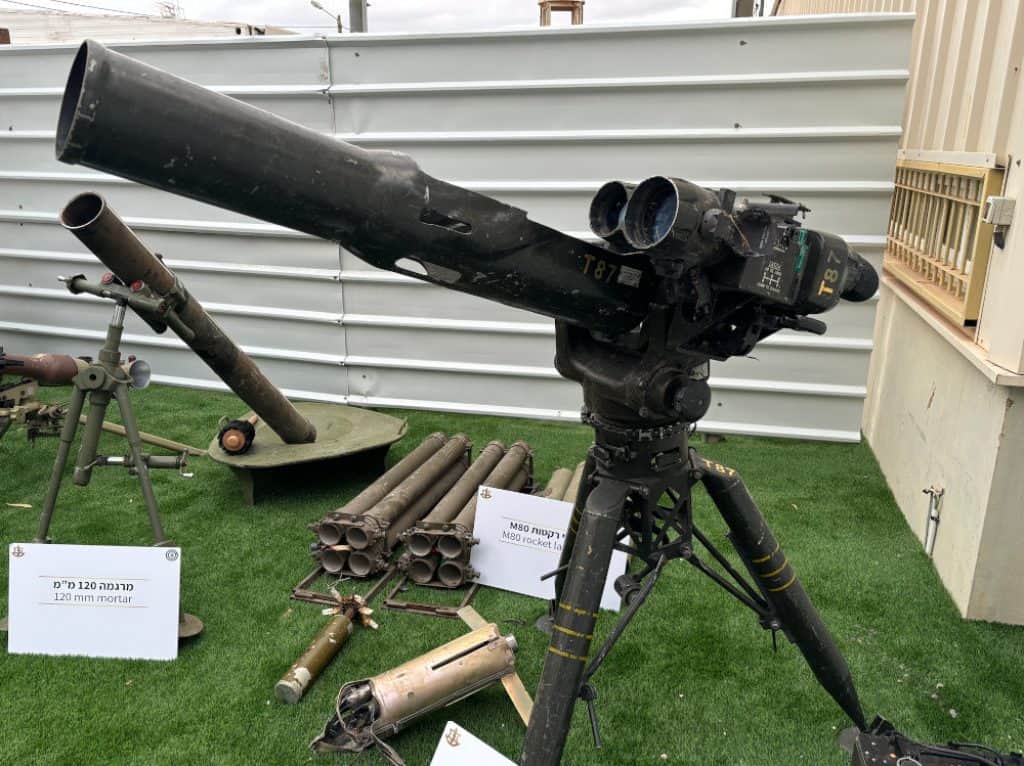
Reports in Israeli media suggest that Israel is heading toward a ceasefire that will end more than a year of fighting against Hezbollah, including two months of intense operations during Operation Northern Arrows, launched against the Iranian-backed terrorist group on September 23.
As the ceasefire is reportedly being hammered out, the IDF increased strikes on smuggling routes used by Iran and Iranian-backed groups to move weapons to Hezbollah. “These strikes follow similar operations in recent weeks targeting Syrian regime smuggling routes in the area. This is another step in the IDF’s ongoing efforts to degrade the capabilities of Hezbollah’s Unit 4400, which is responsible for smuggling weapons used in terrorist attacks against Israeli civilians and IDF forces,” the IDF said on November 25. Israel says Unit 4400 was established to help Hezbollah with smuggling in 2000, when Israel previously left Lebanon after 18 years of war in the country.
The Israeli strikes targeted areas on the Syria-Lebanon border. “For decades, the Iranian regime has been acting to fund and supply weapons to its terror proxies across the Middle East, with Hezbollah being its central proxy,” the Israeli military said. Israel accused senior officials in Syria of assisting in the weapons-smuggling effort. The weapons are moved via various routes, one stretching across the Syrian desert. This route crosses from Iraq at Albukamal and goes along the Euphrates River until it branches to the west via Palmyra and on to various crossing areas to Lebanon.
In one strike on November 24, the IDF targeted a site near the Jousieh border crossing in the northern Bekaa Valley area. “The Jousieh Crossing is under the control of the Syrian regime and is operated by Syrian security forces,” the IDF said.
In other strikes, the IDF targeted 12 Hezbollah “command centers” in Beirut along with Unit 4400. The Israeli operations over November 25 and November 26 also struck at Hezbollah’s Executive Council. “These strikes were conducted to degrade the Council’s ability to direct, support, and assist Hezbollah terrorist activity and to impair their efforts to rebuild terrorist capabilities,” the IDF said.
The IDF seems to be targeting what it sees as key aspects of the Hezbollah organization before a possible ceasefire. The Iranian-backed group has already lost up to 2,500 operatives in southern Lebanon since Israel’s ground operation began and swaths of its command and control since the IDF increased strikes in mid-September. Destroying parts of the smuggling network and more parts of Hezbollah’s command and control would temporarily weaken the group’s ability to reorganize after a ceasefire.
The IDF is also preparing for possible escalation before a ceasefire. In the Golan, the IDF changed its guidelines for the home front to “limited activity,” and some areas in northern Israel have canceled classes and sought to reduce the threat to the public by Hezbollah rocket fire. These changes come a day after Hezbollah launched 250 projectiles that crossed into Israel on November 25, one of its largest daily attacks since September. Hezbollah continued attacks on November 26 with numerous barrages of rockets.
Some of the Iranian weapons smuggled to Hezbollah have been seized by the IDF and are now on display at a base in central Israel. On November 25, the IDF showed off some of these weapons. They include an Iranian Toophan, a system for launching anti-tank guided missiles. In addition, the IDF found a crate in southern Lebanon with a newly made Iranian SPG-9, an anti-tank grenade launcher that is mounted on a tripod when assembled.
The IDF also has a crate full of 107mm rockets that are marked with dates showing they were made in 2007. These are a similar color and type to the 107mm rockets that Iranian-backed militias in Iraq used to target US forces. They can be fired from an easy-to-assemble portable launcher consisting of tubes that can be placed on the ground or in a truck. These are among the plethora of Iranian-made weapons the IDF has found in southern Lebanon in around 60 days of fighting on the ground.







